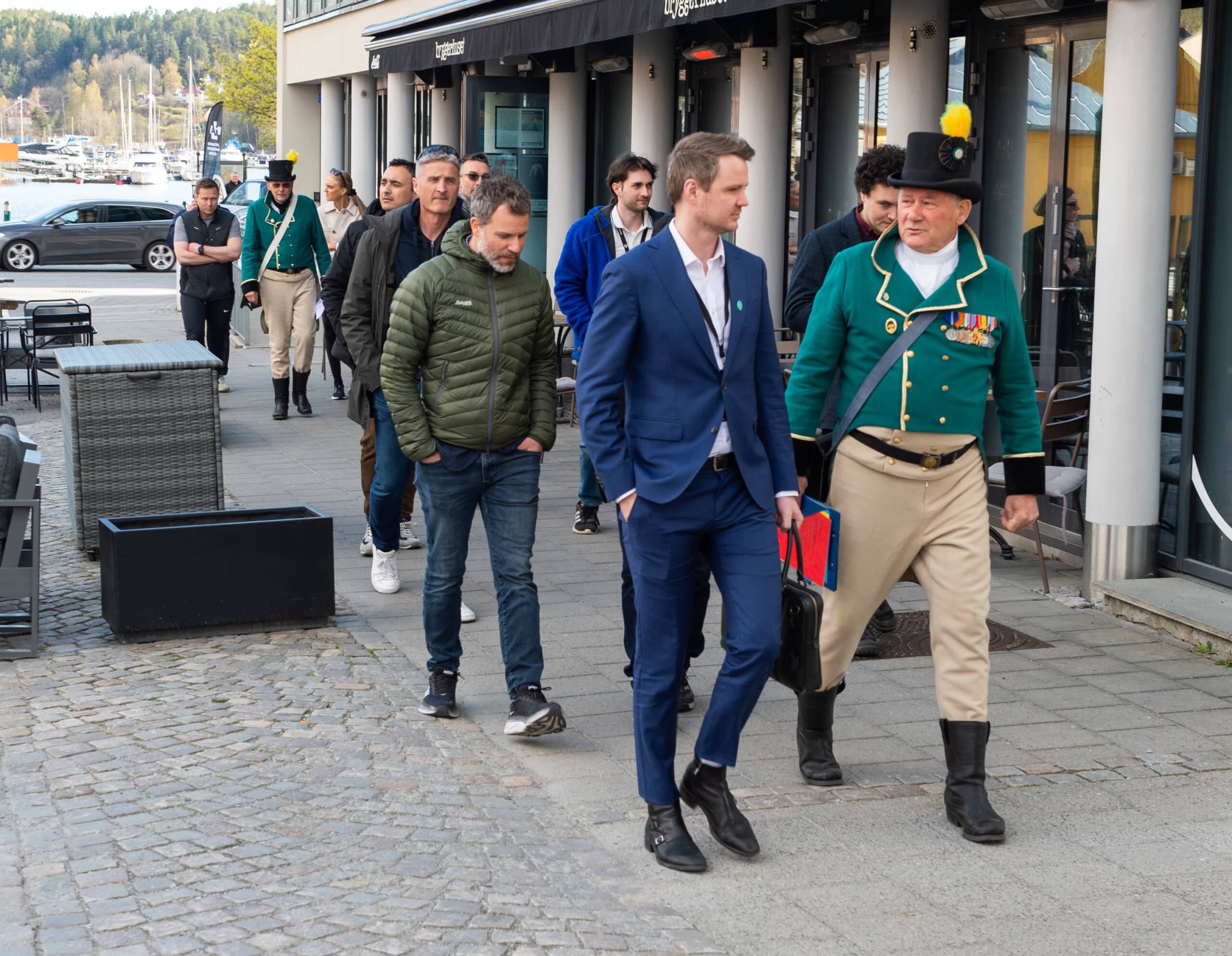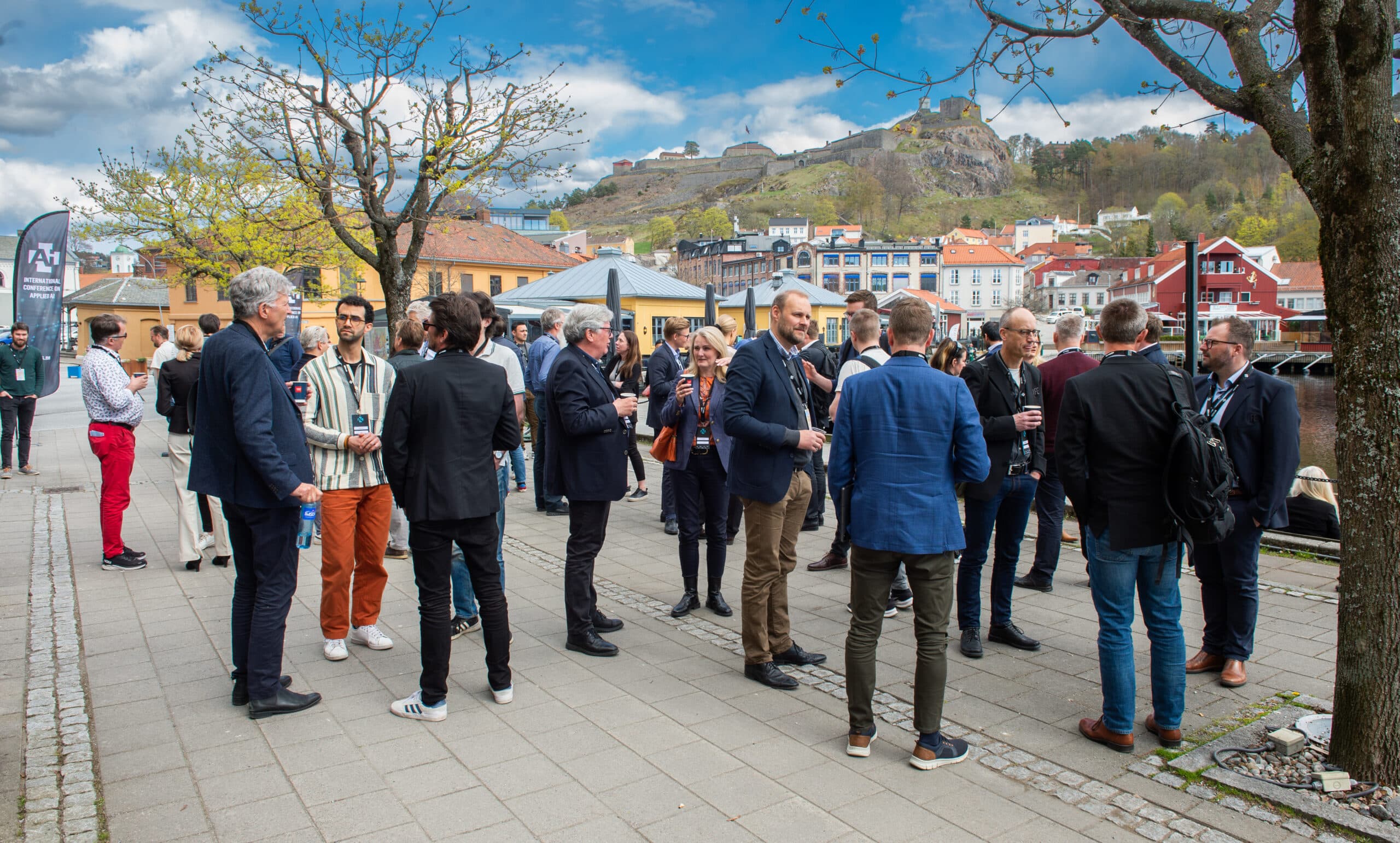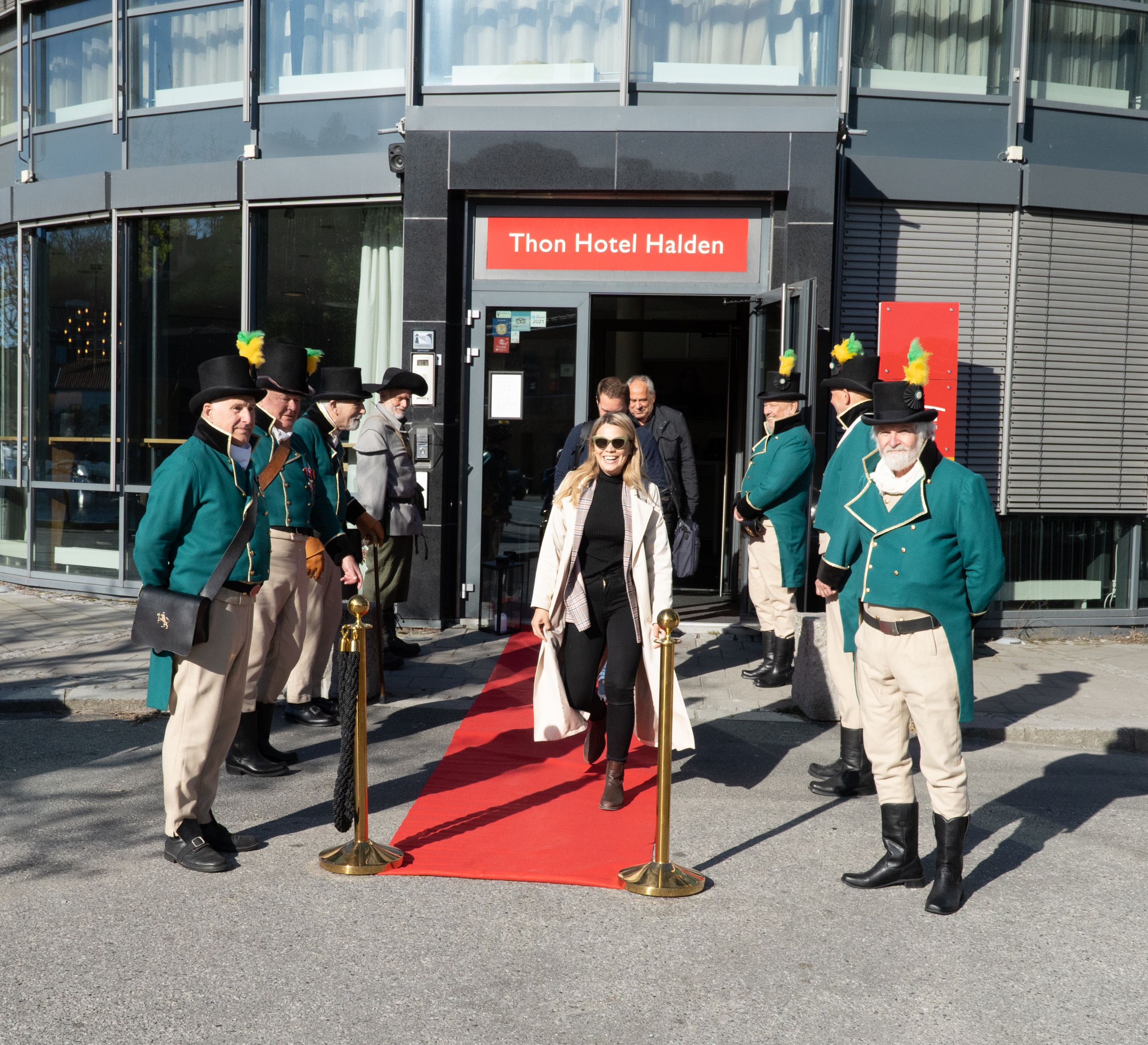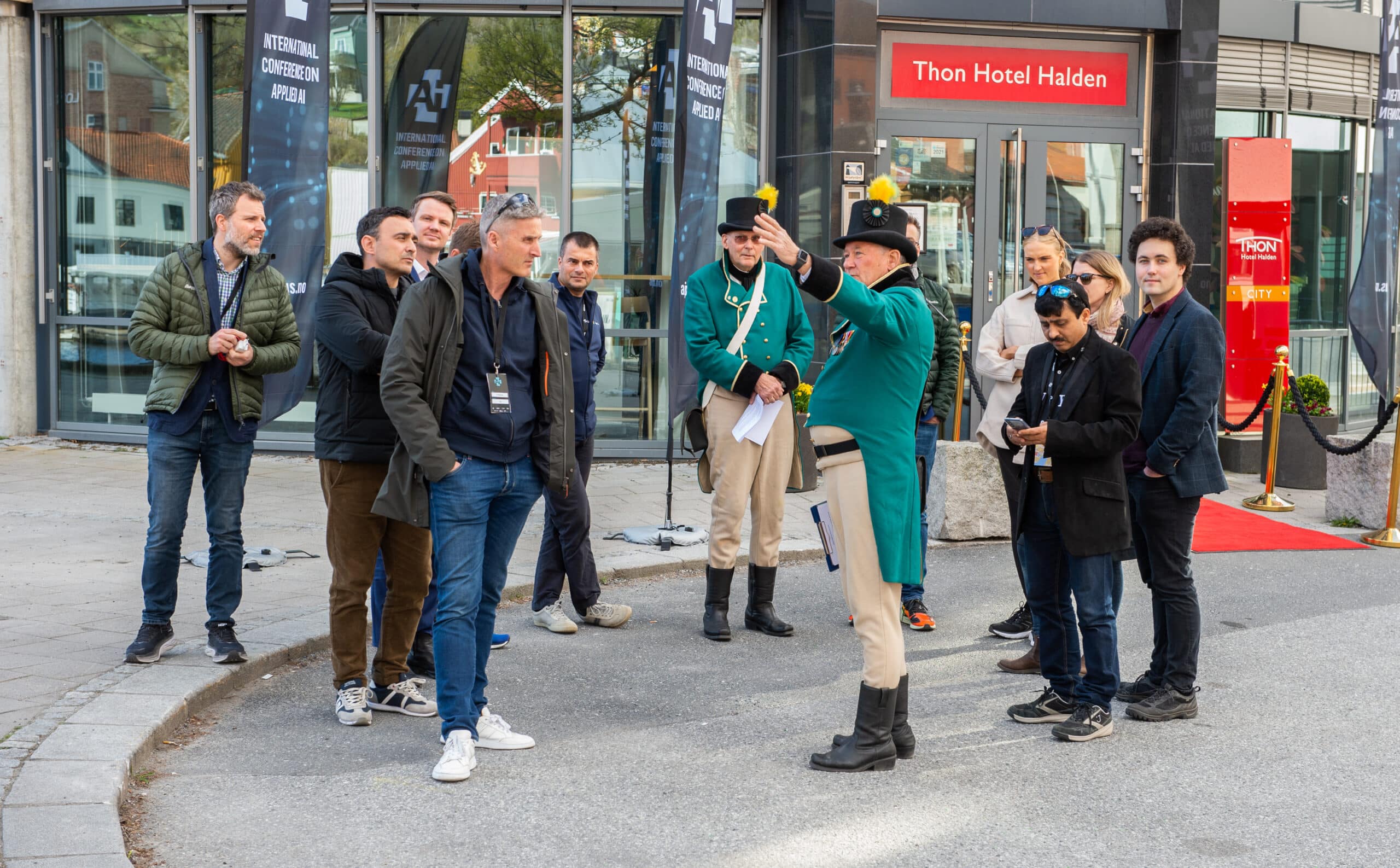Guided Historical City Tour
Experience the former maritime town of Halden and its empirical architecture together with the former commander of the Fredriksten fortress.
The market town of Halden developed in the fifteenth century as a shipping port for timber to Holland and England.
After resisting Swedish attacks in 1658, 1659, and 1660, Frederick III granted it township privileges and named it Fredrikshald in 1665.
In 1716, the citizens set fire to the town to fend off another Swedish attack led by the Swedish king Charles XII. Based on this incident, Halden is the only Norwegian city mentioned in the national anthem.
Two years later, on December 11, 1718, the same king fell to a bullet during the siege of Fredriksten Fortress, which helped end the Great Northern War.
From 1814 to 1905, Fredrikshald was the commercial centre for a large surrounding area in Norway and Sweden, and the city had a rich theatre and music community that made it one of the country’s foremost cultural cities.
Fredrikshald became a central shipping town with 133 ships and a crew of 1200 men in 1875. After this, the city had fewer sailing ships but more industrial companies.
From 1892 to 1998, Halden had a total of 17 shoe factories. In the 1950s, 800 footwear workers produced 800,000 pairs of shoes annually. At that time, every fifth shoe in Norway was produced in Halden, which, until the 1960s, was considered the country’s footwear capital.
After the union with Sweden, Fredriksten Fortress’s defensive role vanished, and after the dissolution of the union in 1905, the area was demilitarized, and the city lost much of its commercial land.
In 1928, the town regained its original name, Halden. In 1967, Halden was merged with the neighbouring municipalities of Berg and Idd. In 2000, Fredriksten Fortress was chosen as Østfold’s millennium site.
Free and voluntary for conference participants. Meet outside the Thon Hotel.
Source: https://www.halden.kommune.no/tjenester/byen-og-kommunen/informasjon-om-halden/haldens-historie/
- 17. April 2024
- 16:45 – 17:30
- Brygga Kultursal, Tollbugata 4, 1767 Halden
- Free






